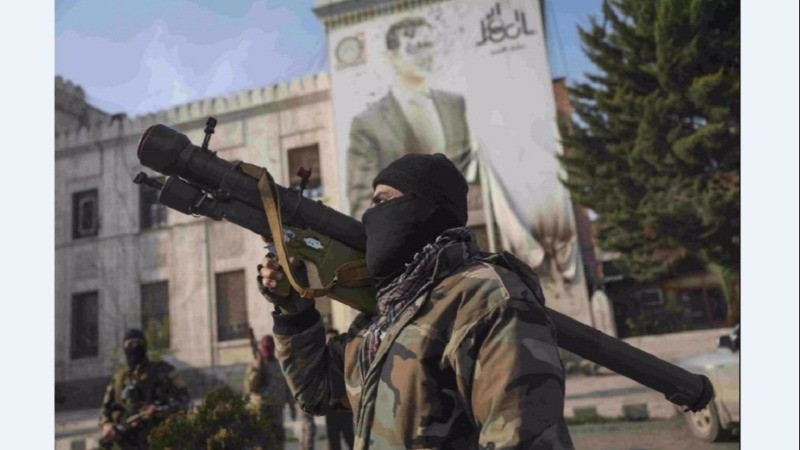
The sudden collapse of President Bashar al-Assad’s regime marks the end of five decades of Baath Party dominance in Syria, a nation now standing on the brink of an uncertain future. The victory of rebel forces led by Hayat Tahrir al-Sham (HTS) has raised hopes for change but also fears of further instability.
The Fall of Assad’s Regime
On November 27, an offensive launched by HTS from its stronghold in Idlib rapidly captured major cities, including Aleppo, Hama, and Homs, before seizing Damascus. President Assad fled the capital as rebel forces declared, “We declare the city of Damascus free,” marking a historic moment.
In a statement, HTS proclaimed, “After 50 years of oppression under Baath rule and 13 years of crimes, tyranny, and displacement, we announce the end of this dark period and the start of a new era for Syria.”
Assad’s Controversial Legacy
Bashar al-Assad, who took power in 2000 following his father Hafez al-Assad, inherited hopes for reform but instead perpetuated an authoritarian system that suppressed dissent. The Arab Spring-inspired protests of 2011 ignited a brutal civil war, resulting in over 500,000 deaths, millions displaced, and the nation’s infrastructure decimated.
Assad’s hold on power was sustained with military support from Russia and Iran. However, recent geopolitical shifts left his regime vulnerable, allowing HTS to make rapid gains.
HTS leader Abu Mohammed al-Golani, now known as Ahmed al-Sharaa, announced the formation of a transitional authority with Mohammed al-Jalali appointed as prime minister. Al-Jalali expressed readiness to work with leaders chosen by the Syrian people.
Despite these declarations, scepticism persists regarding HTS’s leadership. Once affiliated with al-Qaeda, the group faces questions about its commitment to democratic governance and fears of authoritarian Islamist rule. Internal divisions among rebel factions further complicate efforts to unify the nation.
Russia’s Strategic Setback
The fall of Assad is a significant blow to Russia’s influence in the Middle East. Having supported Assad since 2015, Moscow now faces the potential loss of key military bases in Tartous and Latakia, which are critical for its regional strategy.
Assad’s ousting disrupts Iran’s “Axis of Resistance,” which links Tehran to Hezbollah and other allies. This development undermines Iran’s regional strategy, particularly its efforts in Lebanon, Yemen, and Gaza.
Turkey’s Neutrality and Israel’s Concerns
Turkey, hosting over three million Syrian refugees, denies direct involvement in HTS’s offensive but may have tacitly supported it to counter Kurdish militias. Meanwhile, Israel sees Assad’s fall as a double-edged sword, weakening Iran’s supply chains to Hezbollah while introducing uncertainties with HTS’s rise.
The end of Assad’s rule is a pivotal moment but far from a guarantee of peace. Syria’s fractured political landscape, displaced population, and shattered infrastructure pose monumental challenges. Rebuilding the nation will require inclusive governance, international support, and reconciliation among its people.
For millions of Syrians, this moment represents a mix of hope and apprehension. The journey toward a stable and united Syria remains fraught with complexity, but it also holds the promise of a brighter future.